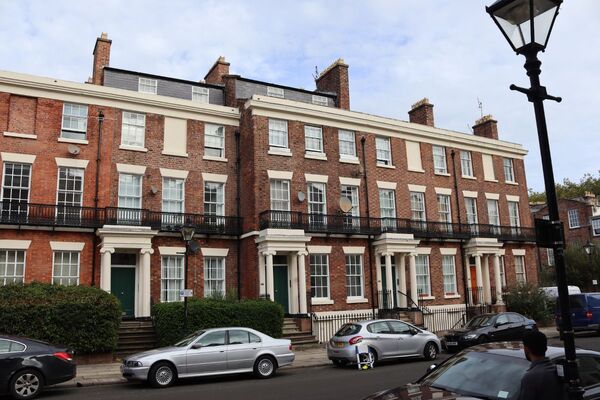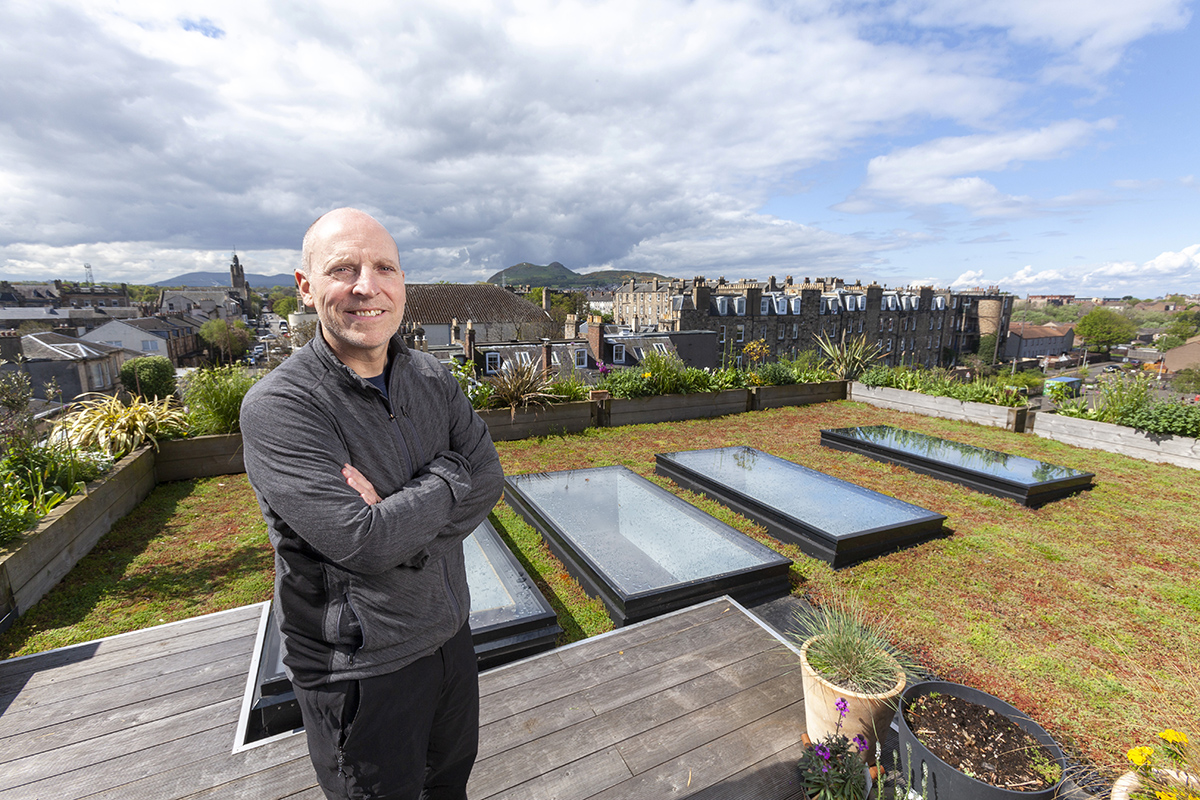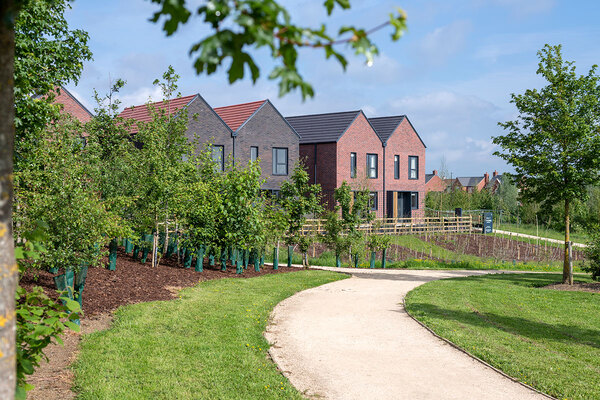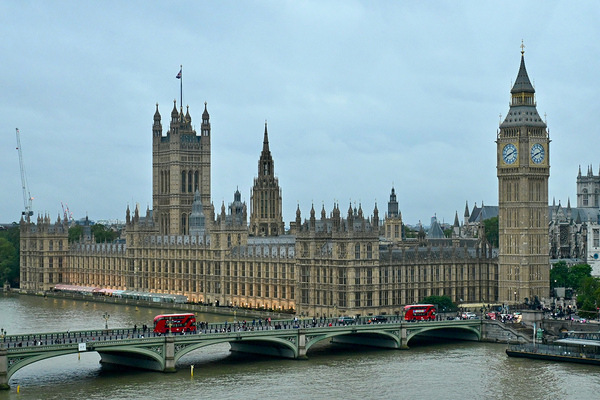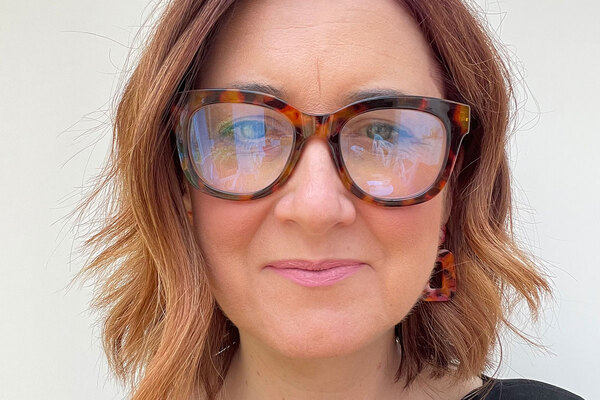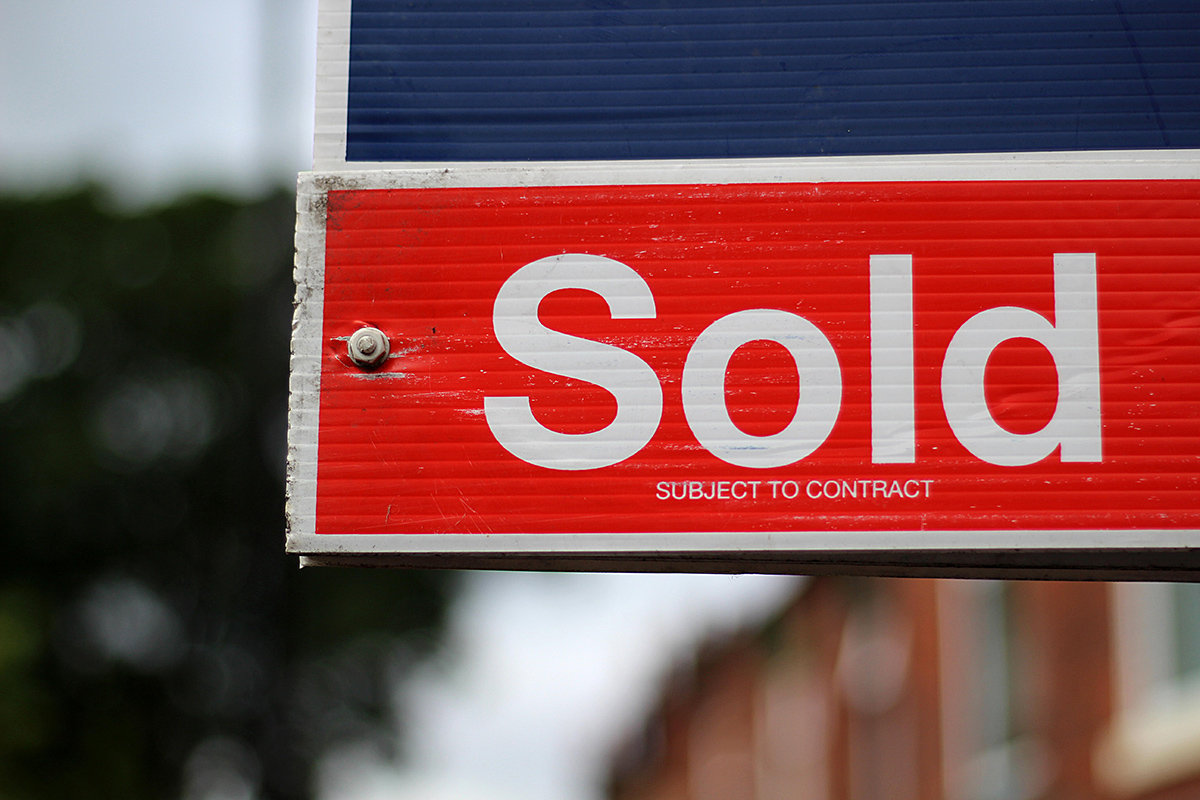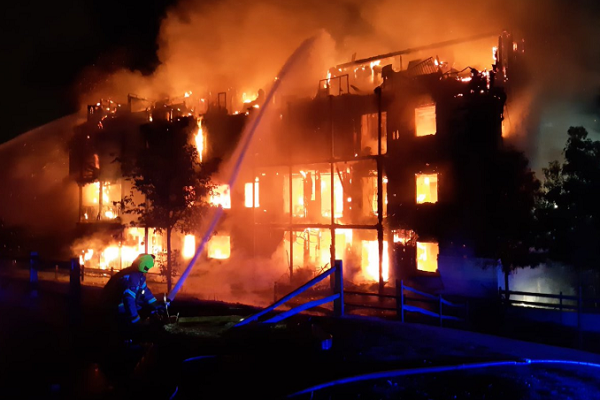You are viewing 1 of your 1 free articles

Nigel Booen is director of design at Boyer (part of Leaders Romans Group)
Would housing benefit from the use of a ‘beauty calculator’?
The government’s attention to design standards is admirable in principle, but its application raises many questions, writes Nigel Booen
In recently refusing planning consent for housing developments on the basis of design, the government has made very clear its belief that all new housing should be ‘beautiful’.
It has even been suggested that that the secretary of state may legislate for the use of a ’beauty calculator’ to assess and determine planning applications. The prospect of a tool so precise as a calculator to measure something as esoteric and nebulous as beauty has understandably caused consternation among architects and designers.
So is there anyway in which such a tool could work? Can we entertain this idea for a brief moment?
First, it is important to consider what constitutes beauty in housing design. Clearly a building’s form, architecture and the materials used are relevant.
Much of the recent policy on beautiful buildings, specifically the work of the Building Better, Building Beautiful Commission, describes beauty as being found in historic styles of architecture. In relation to the work on the commission in 2020, then-housing secretary Robert Jenrick said that the planning system would place a “higher regard” on quality and design, as well as draw on “the idea of design codes and pattern books that built Bath, Belgravia and Bournville”.
Other criteria, however, is less clear cut. If beauty correlates with ‘good design’, then functionality must also feature. But there are circumstances in which functionality can override aesthetic value – for example in providing car parking. Convenient and accessible parking is a necessary component of well-functioning housing.
“An investment in good architectural consultancy and high-quality materials will require savings to be made elsewhere. Or will simply make the scheme unviable”
But Georgian-style schemes are being upheld as the epitome of good design, and there is little opportunity in a Georgian town layout for on-plot, off-road parking and garages. Form and function are both are important design considerations, but does ‘beauty’ favour the former at the expense of the latter, tilting the beauty calculator towards what is aesthetically pleasing over that which works?
For a calculator to provide consistency, it should be applied universally. But this immediately poses a problem in relation to housing. Should urban schemes within a conservation area, for example, be judged more stringently than a deprived inner-city area would be because the need for homes and infrastructure is more pressing than aesthetics? Should temporary housing be judged as rigorously as homes built to span centuries?
Perhaps even more importantly, what is the cost of beauty? An investment in good architectural consultancy and high-quality materials will require savings to be made elsewhere. Or will simply make the scheme unviable.
There are also questions over whether the beauty of an unbuilt scheme can be assessed with any real accuracy. The artist impressions and CGIs typically provided to accompany a planning application tend to focus on the more aesthetically pleasing – they rarely portray the backs of buildings, the car parks and the service areas.
The development will be presented at its best: blossom in flower, children smiling and balconies well tended. The reality of course is quite different, but could a beauty calculator factor that in (and should it, with no quantifiable evidence as to how the development’s future might evolve)?
“If beauty correlates with ‘good design’, then functionality must also feature”
This then leads to the question of who might be qualified to assess the potential level of ’beauty’ in an unbuilt scheme. An architect might be qualified to do so, however the scheme’s own architect would be biased, as would any other (competitor) architect.
A local authority planner would have the necessary objectivity, but not the necessary design training. Local authority design panels might provide the solution, however design panels no longer exist routinely across all planning authorities. In reality, no more than a quarter of local authorities have design panels today.
Perhaps the most important issue is that the potential veto of housing schemes on design grounds seems to overlook the “presumption in favour of sustainable development” – the basis that housing should be allowed providing it is sustainable and complies with planning law.
The government’s attention to design standards is admirable in principle, but its application raises many questions.
Planning is primarily objective and formed of checks and balances. If beauty is to be raised to the top of the development agenda, then the “presumption in favour of sustainable development” drops down. Consequently, fewer much-needed homes will be built and the shortage of social and affordable housing will continue.
Nigel Booen, director of design, Boyer (part of Leaders Romans Group)
Sign up to the Retrofit and Strategic Asset Management Summit
Learn how to develop long-term and joined-up strategies that simultaneously tackle energy efficiency, damp and mould, Decent Homes, building safety and fuel poverty.
Join over 500 sector leaders to ensure your capital investments go further and deliver healthy, warm and safe homes for all tenants and residents.
